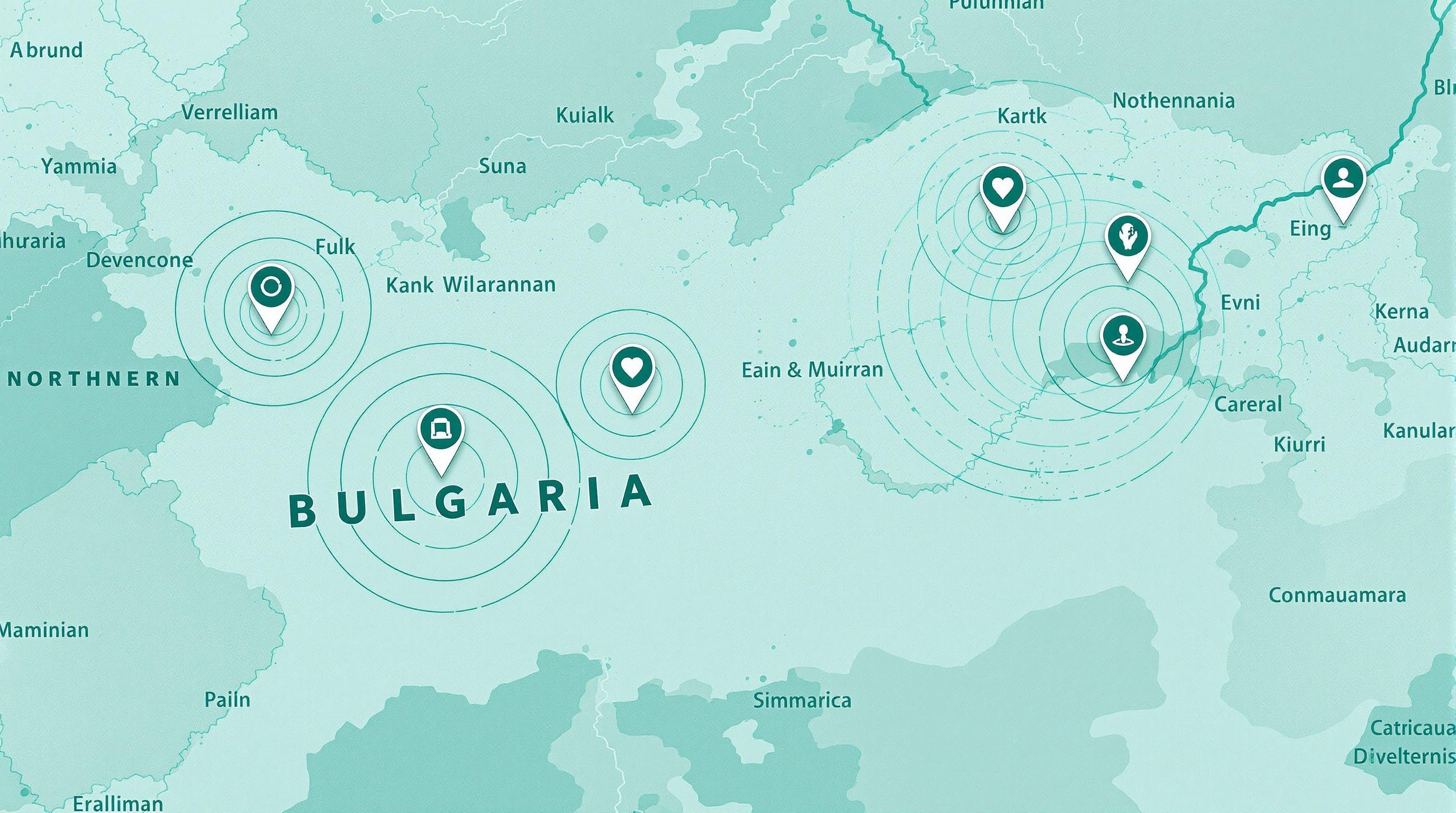The following article explores several **community-led** projects across Northern Bulgaria, highlighting their local impact, lessons learned, and prospects for future development.
Introduction
Northern Bulgaria, with its rich cultural heritage and diverse landscapes, has been the setting for numerous grassroots initiatives aimed at fostering sustainability, economic revitalization, and social cohesion. This article presents three case studies—each illustrating how small communities have leveraged local resources, partnerships, and innovative approaches to address pressing challenges.
Case Study 1: Eco-Tourism Development in the Vratsa Region
Located at the foothills of the Balkan Mountains, the villages around Vratsa once suffered from high unemployment and outward migration. In 2017, a coalition of local NGOs and municipal authorities launched the “Green Trails” project to promote eco-tourism.
- Objectives:
- Develop sustainable hiking and cycling routes
- Train residents as eco-guides
- Revitalize traditional crafts and local gastronomy
- Key Activities:
- Mapping and waymarking 50 km of trails
- Hosting seasonal workshops on herbal medicine and woodworking
- Launching an online portal with booking services
- Outcomes:
- 30% increase in local tourism revenues over three years
- Creation of 20 new micro-enterprises (guesthouses, eateries)
- Enhanced pride in local heritage and traditions
Case Study 2: Revitalizing the Community Center in Shumen
The historic community center (chitalishte) in the city of Shumen once stood neglected, its halls empty and its archives at risk. A youth-led committee secured EU funding to transform it into a vibrant hub for arts, education, and civic dialogue.
- Infrastructure Upgrades:
- Restoration of century-old frescoes and reading rooms
- Installation of multimedia equipment for screenings and workshops
- Programming Highlights:
- After-school STEM clubs for 200+ children
- Intergenerational storytelling circles—connecting elders with youth
- Monthly public forums on local governance and planning
- Impact Metrics:
- Attendance rose from 50 to over 500 participants monthly
- Establishment of five community committees (arts, environment, business, education, health)
- Strengthened collaboration between municipal officials and residents
Case Study 3: Organic Farming Cooperative in Dobrich
In the fertile plains of Dobrich Province, smallholder farmers faced low margins and market volatility. In 2019, they formed the “Northern Harvest” cooperative to pursue organic certification and direct-to-consumer sales.
- Formation Process:
- 30 farmers signed a memorandum of understanding
- Joint investments in cold-storage and packing facilities
- Marketing & Distribution:
- Weekly farmers’ markets in Dobrich and Varna
- CSA (Community Supported Agriculture) subscription boxes to Sofia
- Results:
- Average farmer income increased by 45% in two years
- Over 100 tons of produce sold under the cooperative brand
- A model adopted by neighboring villages
Community Engagement Strategies
Across all three projects, successful engagement relied on:
- Inclusive stakeholder mapping—ensuring representation of women, youth, and minorities
- Regular town-hall meetings with transparent reporting
- Capacity-building workshops tailored to local needs
- Partnerships with universities, NGOs, and private sector sponsors
Challenges & Solutions
Project leaders encountered several obstacles:
- Limited initial trust—Overcome by small pilot activities that demonstrated quick wins.
- Funding gaps—Addressed through diversified grant applications, crowdfunding, and local sponsorships.
- Regulatory hurdles—Navigated by engaging municipal officials from the planning phase.
- Seasonality of tourism and agriculture—Mitigated by offering year-round programs and value-added products.
Lessons Learned & Future Directions
Key takeaways for replication in other regions include:
- Start with clear, measurable objectives.
- Leverage local assets—be they natural, cultural, or human.
- Emphasize community empowerment through skills training and shared governance.
- Plan for long-term maintenance, not just initial implementation.
- Foster networks among projects to exchange best practices.
Looking forward, there is potential to scale these models by linking multiple districts, creating regional clusters, and tapping into digital tools for broader outreach.
Conclusion
The case studies from Vratsa, Shumen, and Dobrich demonstrate how communities in Northern Bulgaria can drive positive change through collaborative, resourceful, and context-sensitive projects. By combining local knowledge with external expertise and strategic partnerships, these initiatives not only tackled immediate challenges but also laid a foundation for lasting socio-economic development.
This article was co-written by an AI assistant and
Huseyn Abizadeh
.
